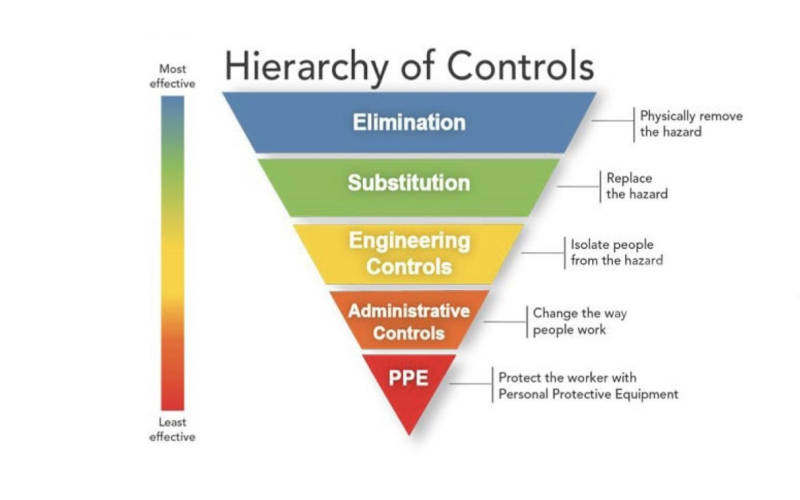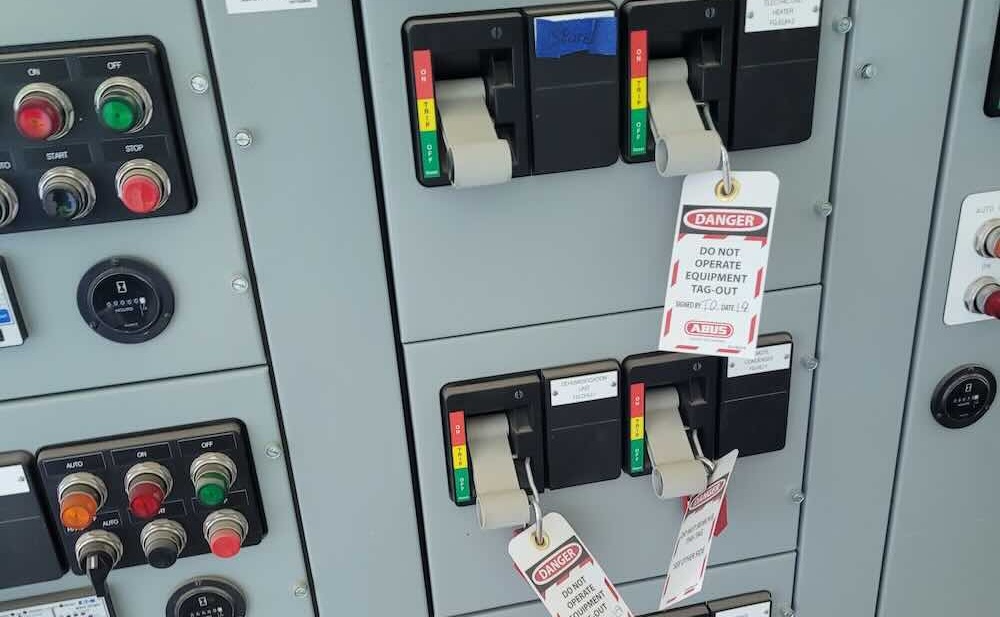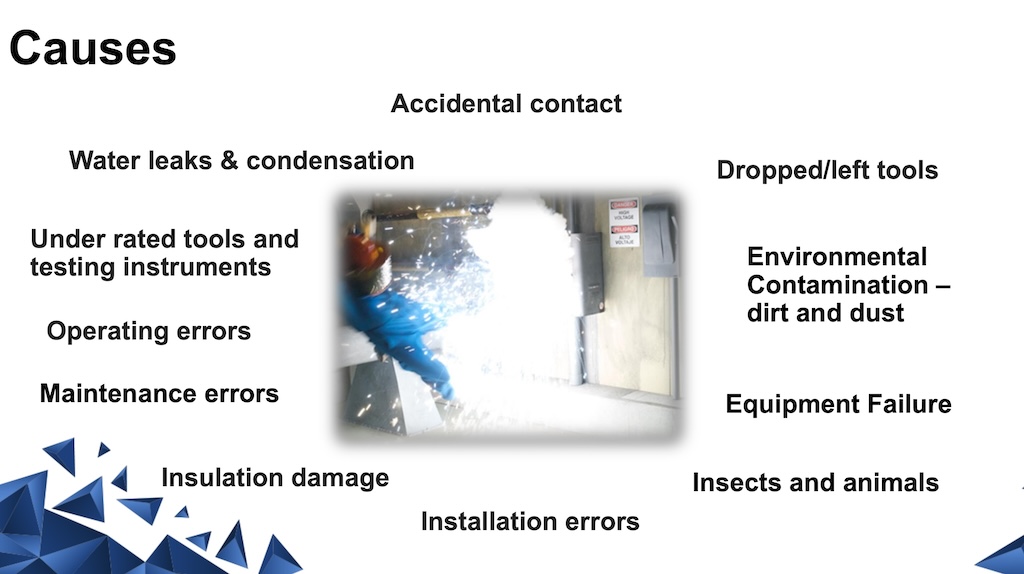By regularly testing a transformer’s liquid, condition information can be tracked and acted upon if needed
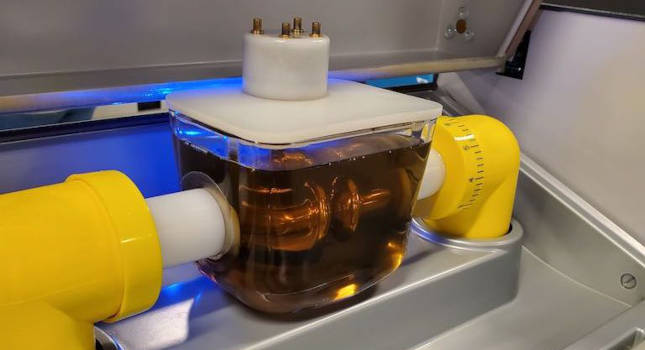
Learning Objectives
- Understand the basics of determining a transformer’s condition, and identifying the faults.
- Review the technical aspects of dissolved gas analysis to identify problems and what next steps may be taken.
- Learn about the recommended tests to identify oil aging or contamination.
Transformer testing insights
- Testing an electrical transformer requires a high-quality sample of the oil within it.
- Understand how the results of these tests can lead to a better understanding of the transformer’s condition.
An insulating liquid sample can reveal a wide variety of information about the condition of an electrical asset; this includes evidence of overheating, partial discharge and arcing, paper degradation, water ingress, oxidation, presence of chemical and physical contaminants and more.
Consequently, insulating liquid testing is a key method for assessing a transformer’s condition and identifying incipient faults before they become critical. A single measurement is valuable, and trending changes in the data over time enhances the diagnosis by revealing the severity of the situation and enables asset managers to plan appropriate actions. This could involve offline electrical tests to determine the underlying cause, fitting online monitoring devices to monitor the condition of the asset more effectively or scheduling a repair or replacement.
Importance of a high-quality transformer sample
Ensuring good results for an electrical component assessment starts with delivering a good insulating liquid sample to the lab. Even perfectly performed lab tests are rendered meaningless if they are based on a poor sample. Failing to take the sample correctly will inevitably lead to poor results and the additional cost of having to retake the sample and perform the analysis yet again.
A good sample needs to be truly representative of the bulk liquid circulating within the electrical equipment. Getting to this representative insulating liquid requires several liters to be flushed through the sampling pipework and into an appropriate waste container before collecting the sample proper. In the process of waiting for the flushing to complete, this insulating liquid can be used to rinse the sample container and caps to ensure they are free from contamination.
When taking a sample, it is beneficial that the container is large enough to hold the amount of insulating liquid needed with some extra just in case the lab needs to repeat a test to verify unusual results; this typically means about 1 liter.
There are many suitable containers for taking an insulating liquid sample and each has its own benefits and pitfalls. Generally, glass or aluminum bottles or metal cans are the preferred options. The container should properly seal the sample, preventing ingress and egress of any liquids and gases. Because insulating liquids can degrade in sunlight (photodegradation) leading to the synthesis of hydrogen or an increase in acid number, the containers, sleeves and/or packaging should be lightproof to protect the sample from sunlight.
Plastic bottles should be avoided because water molecules can easily diffuse through the container walls, thus increasing the water content of the sample. Studies have revealed that tenths of parts per million, aka ppm, of water can enter the sample during transportation and storage before testing. Conversely, small molecules like hydrogen can diffuse out of the oil through the plastic container walls, which decreases the concentration ultimately measured in the sample.
Lastly, it’s important to pack the samples well to avoid damage during transportation to the testing laboratory. Make sure the bottoms of the bottles are protected as well.
Using dissolved gas analysis to assess transformer condition
Dissolved gas analysis, or DGA, is arguably the most powerful tool in the industry when it comes to assessing transformer condition. Commonly performed according to ASTM D3612C and known as the headspace method (also detailed in IEC 60567), this diagnostic test measures the concentration of certain key gases dissolved in the insulating liquid. Additionally, if samples are taken at regular intervals, the rate of gas generation can also be determined. This information enables specialists to understand which faults are emerging and their severity.
While acetylene is the most important gas to measure for detecting severe faults, all gases are important from an incipient fault perspective. The types and quantities of gases that form within the insulating liquid will unveil the nature of the fault and determine whether it involves the solid insulation, is a thermal or electrical issue and whether there is a leak within the sealed system or premature degradation in an open system.
There are many recognized methods for interpreting DGA data — with insufficient time to review here — as well as suggested gas limits in guides such as IEEE C57.104-2019 and IEC 60599. Nevertheless, it’s important to remember that allowance must be made for factors such as the type of the dielectric liquid involved (silicone, mineral or ester liquids). However, a high-level summary of DGA interpretation (see Figure 1) would include:
-
Acetylene usually indicates arcing or a high-temperature thermal condition.
-
To check for partial discharge, look at hydrogen levels.
-
For low-temperature faults, pay close attention to ethane and methane.
-
Ethylene is an indicator of a high-temperature thermal issue.
-
In temperate climates, high levels of carbon monoxide are a sign of paper degradation, whereas in hotter climates, high levels of carbon monoxide can persist without other indicators of paper degradation being present.
-
High levels of carbon dioxide can indicate general overheating of the paper insulation.
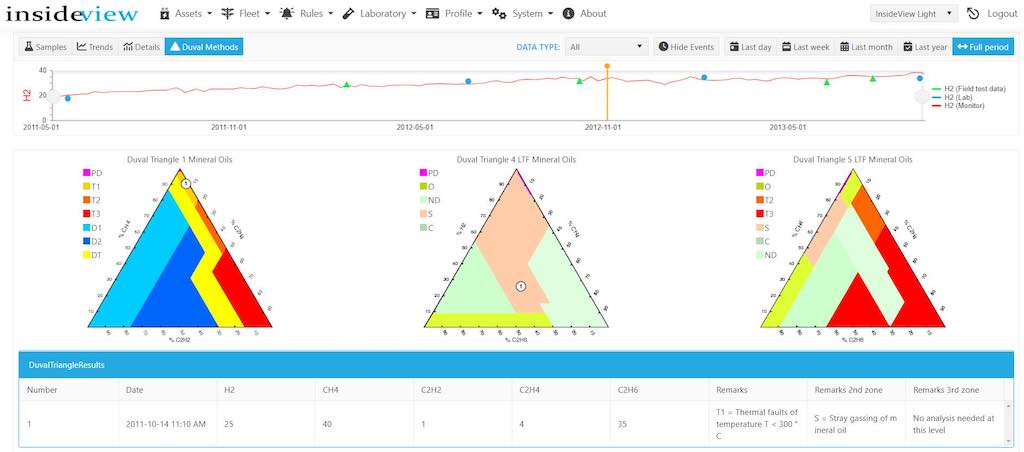
A single set of DGA data fails to inform us whether the gas concentrations are stable, increasing or even subsiding or indeed how long they have been there or if they are associated with a known incident like a transient condition or if they occur when the transformer is stressed in a particular manner. All that is known is that gases are present and the concentration of each. This may indicate an issue, but it cannot indicate whether there is an active problem.
Therefore, a trend of several data points needs to be established, which will inform the asset manager if the gassing is stable, becoming more intense or is progressing from one fault type to another.
Even after having established the DGA trend, as with all diagnostic tests, context is paramount. Know the normal behavior for an asset, its age and local conditions, such as ambient temperature, loading, transients, harmonics or other circumstances that would explain the gases in the oil. Comparing gassing of an asset to sister units (if available) can provide additional information. Changes in the gassing levels may have been caused by a change in loading pattern or a through fault.
Also consider any maintenance activities that have been performed. Have any repairs been made? What electrical tests have been conducted? If results from several transformers have changed, has there been a change in the sampling procedure or the laboratory used?
Under some circumstances degassing of the transformer insulating liquid is undertaken — typically, when filling a new transformer or after maintenance that has exposed the core and windings. This inevitably changes DGA values and requires new benchmark tests to reestablish the trend in gas behavior over a period (at least three months). It is important to remember that degassing the oil will not fix the underlying cause of the problem; it erases the DGA trend and, as a procedure, is not risk free even when using competent contractors.
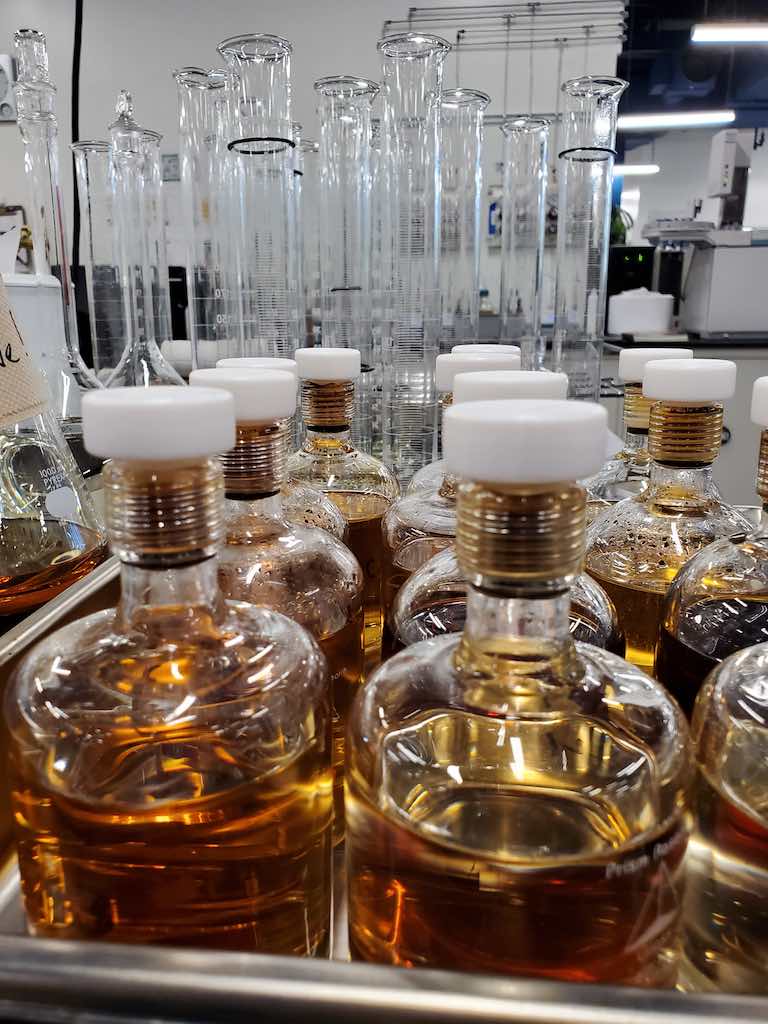
Understanding oil quality data
The diagnostic value of monitoring changes in the chemical, physical and dielectric properties of the insulating liquid cannot be understated, as these can also degrade over time and affect the performance of the transformer. Here, we consider some of the other tests that provide further valuable information about oil quality.
Water is the most damaging molecule in the transformer. When dissolved in the insulating liquid, it catalyzes reactions, weakens bonds, attracts other polar contamination to the paper and allows acids to be aggressive. Conversely, free water in oil will generally sink to the bottom of the transformer where it contributes to tank corrosion; if it precipitates onto a winding due to oversaturation, it can cause flashovers.
Water concentrations are generally much lower in the insulating liquid compared to the paper. Typically, water exists at parts per million levels in the insulating liquid compared to single-figure percentage levels in the paper. This is because paper itself has polar components (e.g., hydrogen bonding), which although giving the paper additional mechanical strength, also attracts water molecules. The presence of water in the paper is important as it disrupts the hydrogen bonds reducing the physical strength of the paper.
Knowing how water partitions between the insulating liquid and paper means that by measuring the water content in the insulating liquid, the content in the paper can be calculated. Nevertheless, different insulating liquids have different levels of affinity for water. Thus, it is important to know which oil is being tested as the difference is particularly marked between mineral oils and ester liquids.

To further complicate the situation, the polarity of the insulating liquid can be affected by aging byproducts, especially in mineral oils. It is therefore better to examine the relative saturation of water in an insulating liquid rather than parts per million. It should remain below 50% to retain adequate dielectric breakdown voltage.
Under particular circumstances, the water in the paper can generate gas bubbles, for example, during transformer overloading events or during startup before adequate oil circulation is established. Under these conditions, the conductors can heat the paper above 100°C causing water to vaporize, thereby increasing the likelihood of bubble formation, which in turn can lead to partial discharge (PD) and risks localized physical PD damage. The probability of bubble formation is dependent on both the concentration of the water in the paper and temperature; for example, with 2% by dry weight of water in the paper, the risk of bubble formation is very low below 140°C.
Transformer insulating liquids are designed to provide electrical insulation under high-electrical fields. Any significant reduction in the dielectric strength may indicate that the insulating liquid is no longer capable of performing this vital function. Breakdown voltage is a measure of the electrical stress the insulating liquid can withstand without breaking down. The test is conducted by increasing the voltage between two electrodes within a test vessel containing the test insulating liquid until the insulating liquid breaks down. Sampling technique plays a significant role in obtaining meaningful breakdown voltage results, particles and fibers accidentally introduced during cleaning the test cell or sampling bottles (chamois leather, cotton rags, paper towels) can all drastically reduce the measured result.

Accelerated transformer aging
Transformers typically last at least 40 years even though the design life is usually around 25 years — but that is not by accident. Keeping the asset sealed and operating at or below nameplate will preserve this life expectancy. High temperatures, elevated levels of oxygen, water content, acidity and sludging — all in the presence of other catalytic factors like copper in the windings, silver contacts and iron — can speed up the aging of paper and insulating oil, as well as corrode the metal in the transformer.
Three recommended tests identify oil aging or contamination, thus enabling early intervention:
-
Power factor testing measures the dielectric losses of the insulating liquid. As the insulating liquid oxidizes or polymerizes with increasing time in service, the polar content increases, which can be detected through increased power factor. This test can also detect the presence of other contamination in the insulating liquid and while it cannot identify the actual molecules, highlights the need for further investigation.
-
Color tests are a simple rapid indicator of aging in the insulation system; the darker the oil sample, the more aged the oil.
-
Interfacial tension (IFT) is an indirect measure of the polar nature of the insulating liquid and provides powerful insight into early oil oxidation and polar contaminants, such as water or acids. The test measures the strength of the separation between water and the oil or natural ester sample. Oil/natural ester and water should form distinct layers when there is little contamination present, but as the oil/natural ester becomes aged or wet, the tension between the liquids becomes less distinct and therefore weaker, such that a lower IFT result is worse than a higher one. It should be noted that IFT is also affected by the presence of detergents such that residual deposits from cleaning sampling equipment, sampling containers or the test vessel with such surfactants can have a dramatic effect on this test parameter.
Other insulating liquid quality tests such as acidity and relative density can be performed in tandem for a more in-depth examination of the characteristics of the insulating liquid. It takes gross contamination, aging or overprocessing for these properties to change significantly, so if either of these values fluctuates between tests, it could be cause for concern. If an issue with the insulating liquid does present itself, there are other investigative tests that can be employed.
Analysis of insulating liquid samples collected from transformers is the starting point for understanding the condition of the asset. The applied tests can reveal a lot about incipient faults or developing problems; nevertheless, additional contextual information and further electrical testing may be required to build a complete picture of the underlying problem and diagnose the root cause.
This article was provided by the InterNational Electrical Testing Association (NETA), and originally appeared in its publication. Doble Engineering Co. is a NETA member.

